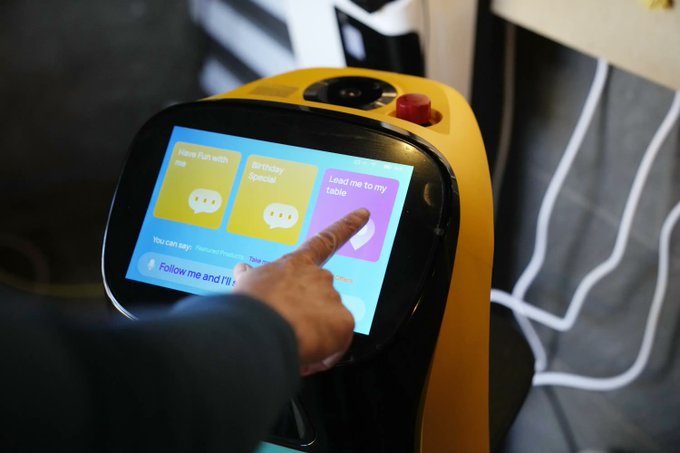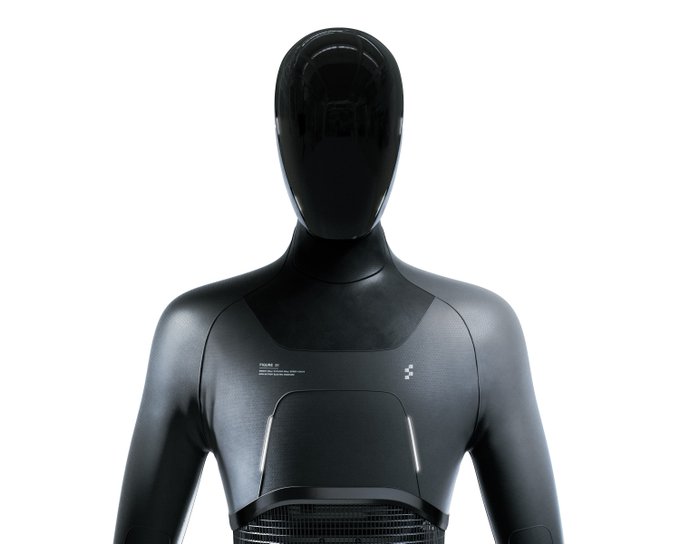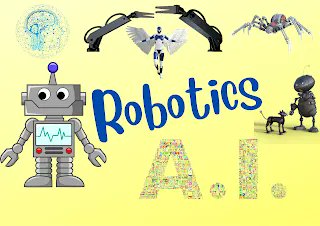You may have already seen them in restaurants: waist-high machines that can greet guests, lead them to their tables, deliver food and drinks and ferry dirty dishes to the kitchen. Some have cat-like faces and even purr when you scratch their heads.
But are robot waiters the future? It’s a question the restaurant industry is increasingly trying to answer.
Many think robot waiters are the solution to the industry’s labor shortages. Sales of them have been growing rapidly in recent years, with tens of thousands now gliding through dining rooms worldwide.
“There’s no doubt in my mind that this is where the world is going,” said Dennis Reynolds, dean of the Hilton College of Global Hospitality Leadership at the University of Houston. The school’s restaurant began using a robot in December, and Reynolds says it has eased the workload for human staff and made service more efficient.
But others say robot waiters aren’t much more than a gimmick that have a long way to go before they can replace humans. They can’t take orders, and many restaurants have steps, outdoor patios and other physical challenges they can’t adapt to.
“Restaurants are pretty chaotic places, so it’s very hard to insert automation in a way that is really productive,” said Craig Le Clair, a vice president with the consulting company Forrester who studies automation.
Still, the robots are proliferating. Redwood City, California-based Bear Robotics introduced its Servi robot in 2021 and expects to have 10,000 deployed by the end of this year in 44 U.S. states and overseas. Shenzen, China-based Pudu Robotics, which was founded in 2016, has deployed more than 56,000 robots worldwide.
Mots-clés : cybersécurité, sécurité informatique, protection des données, menaces cybernétiques, veille cyber, analyse de vulnérabilités, sécurité des réseaux, cyberattaques, conformité RGPD, NIS2, DORA, PCIDSS, DEVSECOPS, eSANTE, intelligence artificielle, IA en cybersécurité, apprentissage automatique, deep learning, algorithmes de sécurité, détection des anomalies, systèmes intelligents, automatisation de la sécurité, IA pour la prévention des cyberattaques.






